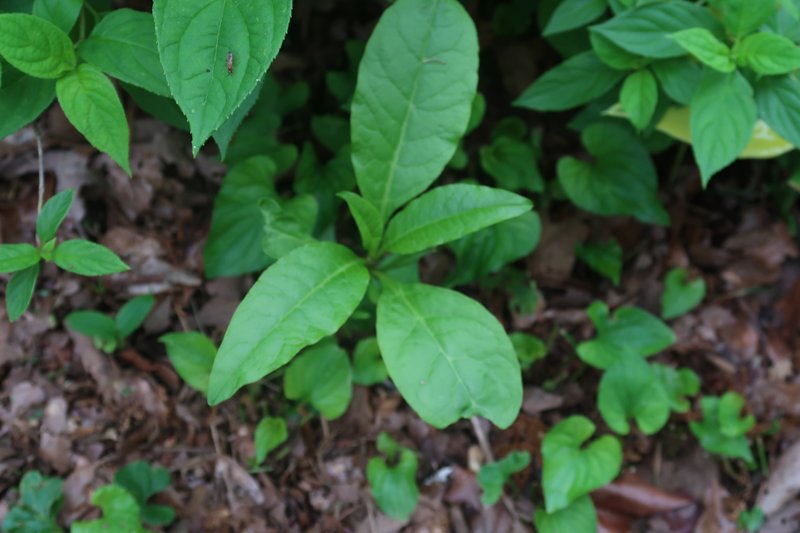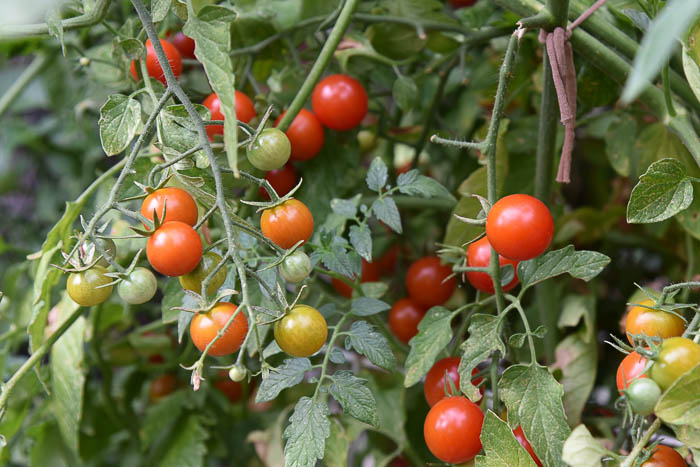What Plants Don't Like Epsom Salt and Their Alternatives
What Plants Don't Like Epsom Salt and Their Alternatives
Blog Article
Explore Why Some Plants Decline Epsom Salt as a Nutrient Resource
In the complex globe of plant nutrition, the denial of Epsom salt as a feasible nutrient resource by some plants postures a fascinating dilemma. In spite of its abundant magnesium and sulfur material, particular plant varieties appear to reject this easily available substance. The factors behind this discerning habits look into an intricate interplay of plant absorption systems, the unique chemical structure of Epsom salt, and plant-specific nutrient choices. Comprehending these elements might shed light on the secrets of why some plants pull out of utilizing this apparently advantageous nutrient source.
Plant Absorption Devices
In delving into the complex world of plant absorption mechanisms, it ends up being obvious that the process is controlled by a sophisticated interplay of molecular paths and physiological dynamics. Plants take in nutrients mostly through their origins, making use of numerous transportation systems to uptake important components such as nitrogen, phosphorus, potassium, and magnesium. Magnesium, an essential part in chlorophyll synthesis and enzyme activation, plays a crucial function in plant development and advancement.
The absorption of magnesium entails several steps, beginning with its schedule in the soil service. Once liquified, magnesium ions are used up by plant roots via certain transport proteins installed in the cell membranes. These healthy proteins help with the movement of magnesium throughout the root cell wall surfaces and into the plant's vascular system, where it is then distributed to different cells to sustain different physical functions.
Comprehending the elaborate mechanisms behind magnesium absorption in plants clarifies exactly how this necessary nutrient adds to overall plant health and efficiency. By enhancing magnesium uptake pathways, cultivators can enhance crop returns and high quality, underscoring the importance of understanding plant absorption dynamics for lasting farming practices.
Epsom Salt Chemical Framework
The chemical framework of Epsom salt, likewise recognized as magnesium sulfate heptahydrate, exposes an unique arrangement of aspects that contribute to its unique residential or commercial properties and applications. The seven water particles are loosely bound to the magnesium sulfate compound, permitting it to dissolve quickly in water and be readily taken up by plants with their origins.
The crystal framework of Epsom salt develops monoclinic prisms, which are extended crystals with identical ends. This crystal shape affects the physical residential or commercial properties of Epsom salt, such as its structure and solubility. Recognizing the chemical structure of Epsom salt is important for understanding its actions as a nutrient source and its communications with plants in farming and gardening methods.
Plant-Specific Nutrient Preferences
Plants show unique choices for details nutrients, stressing the relevance of understanding their specific needs for ideal growth and development. Understanding these plant-specific nutrient preferences is crucial for optimizing crop returns, enhancing ornamental plant growth, and advertising overall plant wellness.

Plant-specific nutrient preferences can also vary based on whether the plant is a monocot or more information dicot. By tailoring nutrient supplements to fulfill the precise requirements of each plant species, growers can enhance plant development, lessen nutrient waste, and support sustainable agricultural methods.

Dirt Ph and Nutrient Uptake
Soil pH plays a vital duty in establishing the schedule of essential nutrients for plant uptake. Acidic dirts with a reduced pH are beneficial for plants like azaleas and blueberries, while alkaline soils with a greater pH match plants such as lavenders and clematis.
Dirt pH influences the chemical kinds of nutrients in the dirt. In acidic dirts, nutrients like aluminum, iron, and manganese can become a lot more available, but extreme level of acidity can lead to toxicity problems. On the various other hand, alkaline dirts may limit the availability of nutrients like iron, copper, and zinc, impacting plant growth. Keeping the ideal pH level in the soil is necessary for making certain that plants can effectively uptake the required nutrients for their healthy development and performance.
Hereditary Consider Nutrient Uptake
In the world of plant nutrition, the interplay of hereditary aspects substantially influences the uptake of vital nutrients critical for plant development and growth. Genetic factors play check my site a critical duty in forming a plant's capacity to absorb and use nutrients efficiently.
In addition, hereditary aspects also figure out the effectiveness of nutrient uptake systems within plants. As an example, some plants may have hereditary attributes that improve their capability to feed on nutrients from the soil effectively, providing a competitive benefit in nutrient-poor settings. On the other hand, genetic variations can likewise lead to restrictions in nutrient uptake, making particular plants more at risk to deficiencies even when nutrients are plentiful in the soil.
Comprehending exactly how hereditary aspects influence nutrient uptake is important for creating methods to enhance plant nourishment and boost plant performance in numerous farming settings. By deciphering the genetic systems involved in nutrient uptake, researchers can function towards developing genetically boosted plant ranges with boosted nutrient procurement capacities.
Verdict

In the complex world of this hyperlink plant nourishment, the rejection of Epsom salt as a feasible nutrient resource by some plants presents a fascinating dilemma. what plants don't like epsom salt. Comprehending these plant-specific nutrient choices is critical for optimizing plant returns, boosting ornamental plant growth, and promoting overall plant wellness
By tailoring nutrient supplements to fulfill the specific demands of each plant types, farmers can enhance plant growth, decrease nutrient waste, and assistance lasting farming techniques.
In the world of plant nutrition, the interplay of hereditary aspects substantially influences the uptake of essential nutrients crucial for plant development and advancement. Understanding these intricacies in plant nutrient uptake is vital for optimizing plant development and health and wellness in farming practices.
Report this page